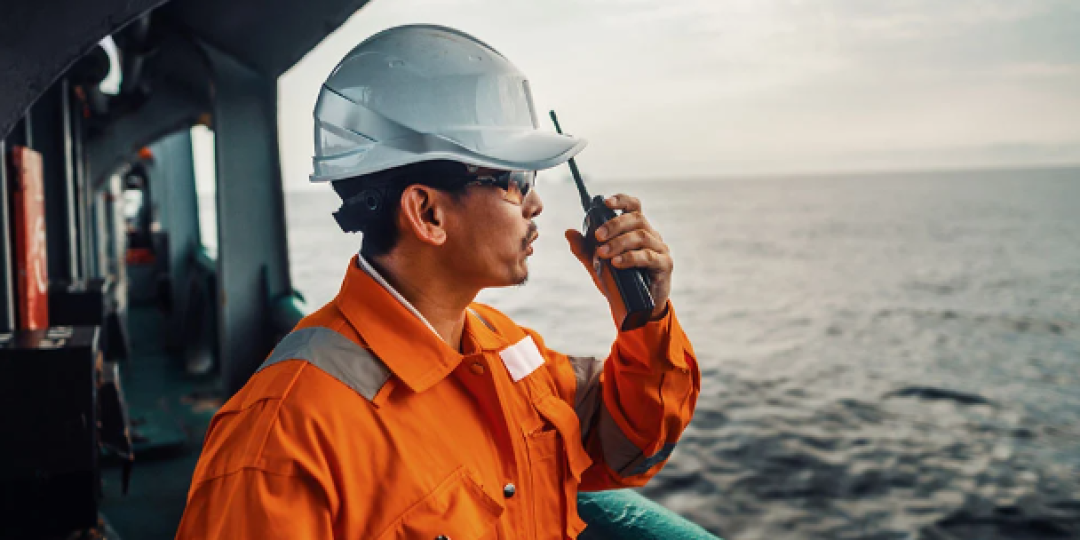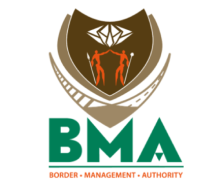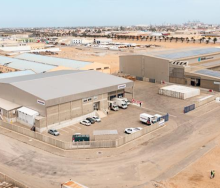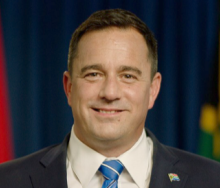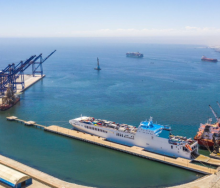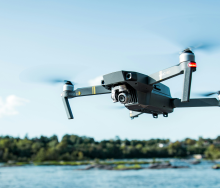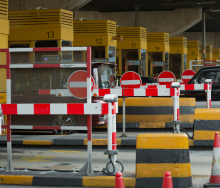Seafarers appear to be experiencing vastly diverse working conditions with the emergence of two classes of life at sea, according to the latest Seafarers Happiness Index (SHI) report.
The latest report, released by the Mission to Seafarers, reveals a mixed but increasingly positive picture of seafarers' well-being, with the happiness index increasing slightly to 6.99 in the second quarter of the year, marginally up from 6.94 during the first quarter.
However, the survey results reveal concerns over the emergence of two classes of life at sea for seafarers. There are suggestions of a “digital divide” when it comes to accessing the benefits of modern communications and connectivity at sea, as well as different levels of training and preparedness for new fuels and technologies for crew on different types of vessels.
The SHI is a quarterly survey delivered in association with Idwal and NorthStandard and supported by Inmarsat. The survey offers vital insights into the sentiments and experiences of seafarers.
According to the latest report, the positive shift in seafarer well-being is a testament to improvements in critical areas, including shore leave, wages, training, crew interaction, and workload.
However, the index found that vessel type can significantly affect the well-being of seafarers, with seafarers on tankers reportedly feeling well-prepared, qualified, and ready to tackle the challenge of new fuels. In contrast, those on dry cargo and container vessels feel left out of crucial technologies and emerging developments.
Those working on vessels with up-to-date communications technology reported that it is transforming the social and emotional landscape of life at sea, as it provides connectivity and links to home. Many seafarers expressed profound gratitude for maintaining regular contact with loved ones. However, for those without this technology, life on-board remains challenging as many have limited data, slow connections or no access.
Bureaucratic burdens added a layer of stress, with increasing paperwork and regulatory requirements, despite the push for digitalisation, the index found.
Mission to Seafarers secretary general, Andrew Wright, said the report revealed “an encouraging trajectory of steady recovery and stabilisation” after a tumultuous year for seafarers.
“I'm heartened that those responsible for our seafarers are taking measures to ensure the enhancement of their well-being. However, reports of a distinction between the ‘haves and have-nots’ of welfare standards on board are worrying,” Wright said.
“Every seafarer deserves access to the fundamentals needed to support a safe and rewarding life at sea, including access to shore leave, decent connectivity, good on-board facilities, and regular training.”
Idwal key account manager for Asia and crew welfare advocate, Thom Herbert, said the findings presented “a nuanced picture of life at sea”.
“We're particularly concerned by the emerging ‘two-speed’ industry revealed in this report, especially the ongoing issue around connectivity and, also, the readiness for new technologies, where the disparity in experiences between tanker crews and those on dry cargo vessels is striking,” Herbert said.
“It's crucial that the industry addresses the digital divide and ensures equal access to training opportunities across all vessel types.”
NorthStandard, head of loss prevention Asia-Pacific, Yves Vandenborn, said the rise in happiness marked a “small increase” and was a reflection that it is stabilising.
“This quarter also registered a higher female participation rate at 15% from 9% last quarter,” Vandenborn said.
“Although the data indicates improvements across several areas, there remains room for improvement in satisfaction levels for connectivity, health and fitness. NorthStandard will continue to work alongside international organisations to advocate for seafarers worldwide and play our part in maintaining this positive momentum,” he said.
